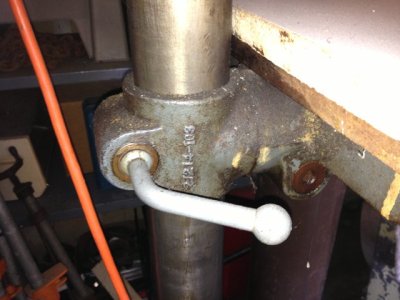JD0x0
Junior Member
- Messages
- 82
I'm wondering if there's any tricks to this. The body is finished with BLO. I know that ferrules press right in using a soldering iron w/ poly finish, but what about a finish that's essentially bare wood? Do you just press fit them? Should I consider opening the holes very slightly with sand paper to accommodate the ferrules?
I know with poly, it melts and lets the ferules slide in, but I am not convinced this will work with a BLO finish, and this is a friend's guitar I'm building for him, so I'd prefer not to mess it up, if possible...
I know with poly, it melts and lets the ferules slide in, but I am not convinced this will work with a BLO finish, and this is a friend's guitar I'm building for him, so I'd prefer not to mess it up, if possible...



